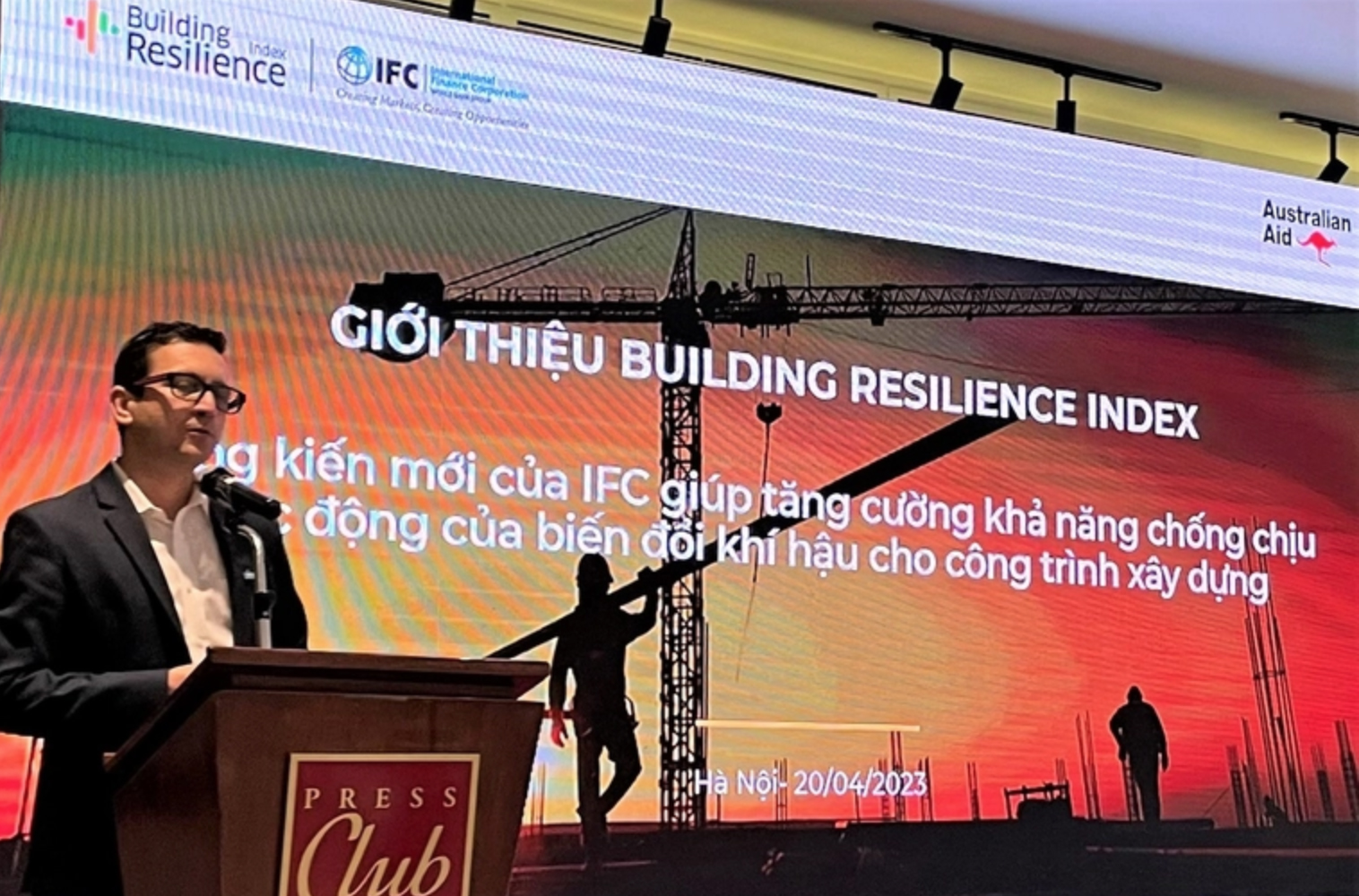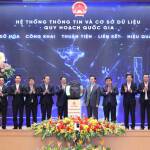
BRI, an IFC innovation that is the first of its kind globally, also aims at promoting a safe and healthy environment for residents while mitigating the social and financial impacts of natural hazards, the World Bank’s global investor said.
A web-based hazard mapping and resilience assessment framework, the BRI evaluates location-specific climate-related risks for real estate projects and the resilience measures which have been implemented. This innovation makes it easy for developers, locators, homebuyers, and other stakeholders to assess, improve, and disclose the resilience of buildings.
“We welcome IFC’s continued efforts in promoting the sustainable development of the building sector in Vietnam,” said Nguyen Cong Thinh, Deputy Director of the Science and Technology Department, Ministry of Construction.
“Integrating sustainable and climate-resilient measures in urban development will help ensure a safe and healthy environment for people to live and work in and avoid losses of residential and industrial assets, and at the same time contribute to the country’s combined resilient and net-zero development path,” he said.
Thomas Jacobs, IFC country manager for Vietnam, Cambodia and Laos, said: “In the face of threats posed by a rapidly changing climate, it’s vital to ensure that buildings are resilient to natural hazards such as cyclones, flooding, fire and landslides, especially in Vietnam’s urban areas, where so many people live.
“By equipping local developers, investors, and policymakers with the Building Resilience Index, we look forward to helping strengthen the country’s climate agenda, promoting a greener, sustainable, and more inclusive economy.”

Vietnam is among the countries most vulnerable to climate change, having lost about $10 billion in 2020 (3.2% of its gross domestic product) to climate impacts, according to IFC. Low lying and exposed to natural hazards, about 300 coastal urban areas—providing livelihoods for a growing and rapidly urbanizing population—especially bear the brunt.
With support from the Australian Government, the BRI program in Vietnam has identified and integrated the country’s hazard maps into the BRI app. It will select three pilot projects spanning the residential, office, retail, educational, and hospitality sectors to assess and build resilience.
IFC will also promote the uptake of BRI in the local construction industry by raising awareness and delivering capacity training to building developers and other stakeholders.
The BRI initiative was launched in 2020 with the Philippines as the pilot country. Within a year and a half, 1.8 million square meters of gross floor area have been committed to being assessed by BRI for improved climate resilience.
In Vietnam, the BRI program will build on the success of IFC’s green building certification program, Excellence in Design for Greater Efficiencies (EDGE), which has since 2015 helped save $4.1 million in utility costs for 77,000 residents, avoiding 30,000 tons of greenhouse-gas emissions annually.
Thuy Tuong
[ Download: Building Resilience Index – User Guide version 1.3.0 ]




